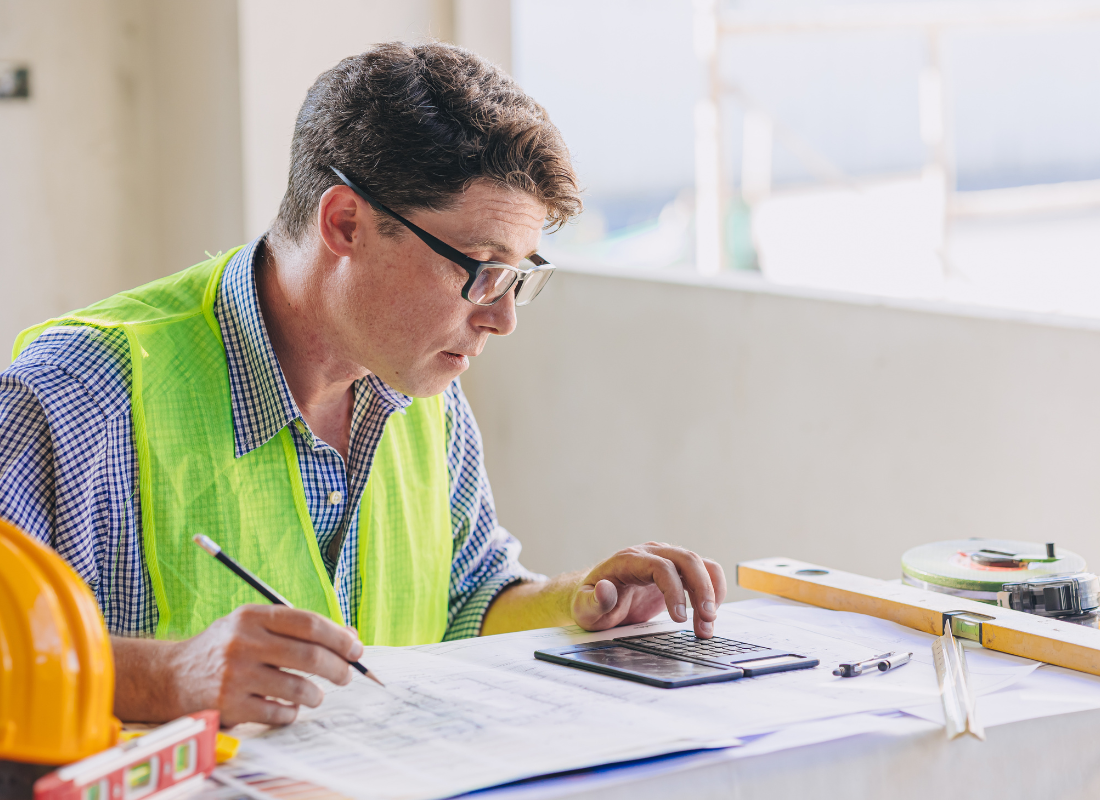Top 11 Construction Industry Trends to Watch For
Originally published on September 26, 2022
Updated on November 14th, 2024
Construction is a tough industry, with success often requiring the best building materials, superior methods, outstanding building speed, skilled labor and exceptional job site efficiency. These assets help companies keep their projects flowing smoothly, quickly and safely.
To keep this pace, new technologies need to be adopted, including cloud-based scheduling and workflow management apps that work in real time. In fact, many companies already have adopted these tools. However, there are a range of other construction industry trends you’ll want to watch for in the coming months.
- New Material Options
There are always new materials being produced, but digital transformation has increased this process to a frantic pace. And the benefits of these new materials are undeniable. For example, self-healing and flexible concrete can help reduce construction costs; transparent aluminum reduces weight.
- Modular Construction
Pre-fab and modular construction is on the rise due to higher quality, reduced cost of materials and shipping, and lower construction waste. Modular projects take half the time to complete compared to traditional projects and cost 20% less to build. By 2023, the modular construction market may reach $157 billion.
- Finding and Keeping Labor
Attracting and keeping qualified, skilled employees is vital to keeping your projects running (and profitable). However, the tight labor market is making this difficult for many companies. Competitive wages, good benefits, training and new technology help you find and retain workers.
- Additive Manufacturing
Also known as 3D printing, additive manufacturing can be used for replacement parts, project components or other items needed quickly on a construction site.
This versatile construction industry trend has already become a valuable tool. In addition to standard projects, additive manufacturing can be used in emergency or basic housing for low-income families or during disasters. Parts are also used in detailed construction models because you can update them quickly as the project design changes.
- Digital Transformation
Virtually every industry on our planet is adopting digital technology, and on a larger scale than ever. Construction is no exception to this phenomenon. This process includes the Internet of Things, machine learning, pervasive networking, cloud computing and analytics — all of which combines to help you improve your company’s productivity, safety and efficiency.
In the construction industry, robots can handle repetitive tasks (more on this later). Cloud-based apps improve communication, collaboration, workflow and tracking documents between your site and the office team.
- Artificial Intelligence (AI)
AI isn’t limited to “construction industry trend” status; it’s sweeping just about every aspect of business. Generally speaking, AI is the simulation of human intelligence in machines to allow them to behave more like living beings. The purpose is to make it easier for your company to make intelligent real-time decisions.
In the construction industry, AI can be combined with machine learning, building information management, construction sensors, wearable tech and other monitoring tools. Use of AI can lead to reduced construction expenses, improved forecasting and superior construction management. It can also help you identify high-risk behavior or hazardous situations.
- Building Information Models
A computer-based construction tool, building information modeling (or BIM) keeps advancing as it passes through new versions. This cloud-based technology allows for a number of different levels of programming, including 7D (seven dimensions) to provide an outstanding level of detail to your building model. BIM provides users with information on all phases of construction while allowing them to input construction schedules, expenses, materials used and similar details.
- Digital Twin Structure
Another high-tech construction industry trend is the digital twin — a perfect virtual model of your construction sites. They’re created using technology from the Internet of Things to capture thousands to millions of data points, which are processed using artificial intelligence. This information can then be monitored, changed or viewed in real time to try out new concepts or change the structure to improve the project scheduling, building design or operational systems.
- Drones
When a technology has a 239% increase year-over-year, you might want to pay attention. Drones are increasingly used on construction sites to help companies monitor the progress of the project. They can also be deployed to complete safety inspections without endangering workers in the process. Another use of drones is to conduct job site security, reducing the cost of labor while minimizing theft risks.
- Robotics
An increasing number of tasks can be performed in construction by robotic workers. Painting, bricklaying, rebar tying, loading and drywall installation can all be handled this way. It not only protects workers from repetitive or dangerous tasks (and thereby reducing injuries), but also allows human workers to undertake more skilled tasks. Because of these benefits, robots can be of particular help during labor shortages.
- Wearable Tech
Sensors and trackers can now embedded into personal protective equipment and apparel (such as gloves, hard hats and vests) to monitor workers’ vital signs, motions, location and falls. This real-time health data keeps workers safe and speeds up emergency response by instantly informing safety managers of injury risks or exhaustion.
The latest construction industry trends touch all aspects of your company’s operations, from materials to machinery to personnel. So it’s important to learn more and implement them as you’re able.
As technology and materials continue to advance, combining digital technology with construction makes your company more productive, efficient and safer than ever. It also helps increase profitability and improve market share.
To meet customer demands, project delivery methods must also evolve. This includes methods for improving timelines, updating your methods and processes to ensure that you can do more with what you have.
And finally, all the technology in the world is no substitute for qualified workers. That’s why increasing employee engagement is perhaps one of the most important construction industry trends.
All content provided in this article is for informational purposes only. Matters discussed in this article are subject to change. For up-to-date information on this subject please contact a James Moore professional. James Moore will not be held responsible for any claim, loss, damage or inconvenience caused as a result of any information within these pages or any information accessed through this site.
Other Posts You Might Like

